Signs of a Hidden Water Leak: Don’t Let Drips Drain Your Wallet
Water leaks can be elusive to a plumber, lurking within the walls or beneath the floorboards of your home, silently wreaking havoc on your property and finances. Identifying the signs of a hidden water leak early can save you from significant damage and costly repairs. In this article, we will explore the subtle and not-so-subtle indicators of a concealed water leak, allowing you to take prompt action and protect your investment.
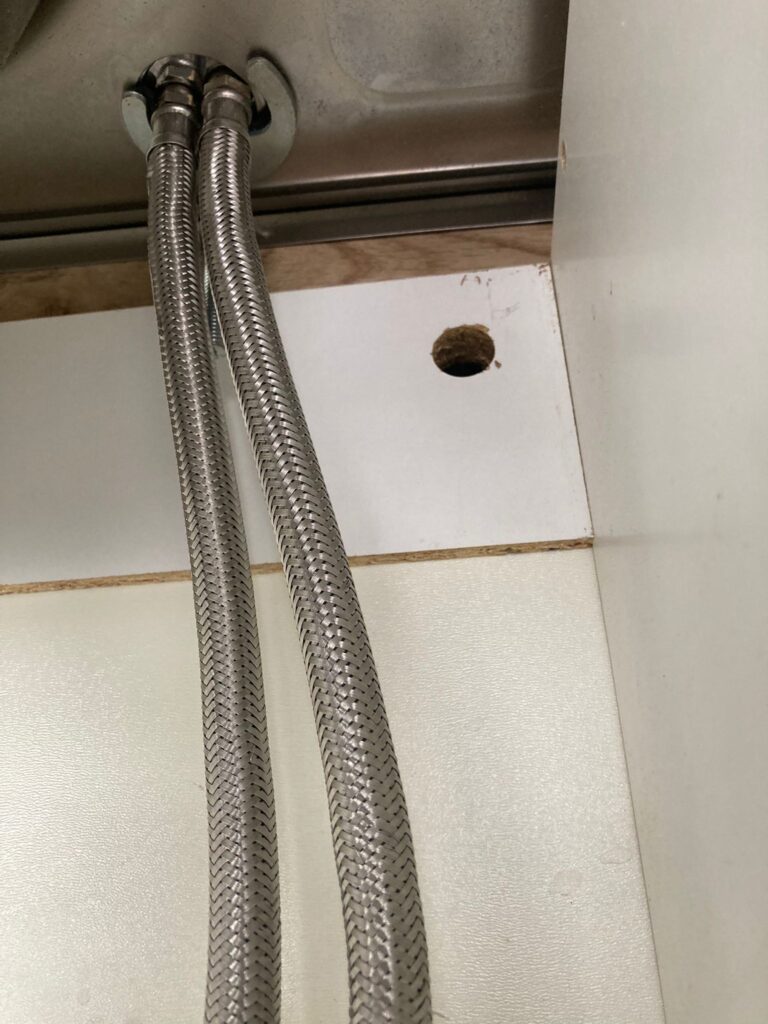
Dealing with a bathroom leak can be a stressful experience, especially if you don’t know how to quickly stop the water flow. Knowing how to locate and shut off your main water valve can save you from significant water damage and costly repairs. This guide will help you understand the importance of the main water shut-off valve, where to find it, and what steps to take when you have a bathroom leak.
The Drip Dilemma
Imagine a constant drip from your faucet. It may seem insignificant at first, but over time, those drops add up. Hidden water leaks are like those drips, causing gradual but severe damage. Let’s dive into the signs that can help you detect them.
Tips for Dealing with Bathroom Leaks
- Temporary Fixes: Use plumber’s tape or a rubber patch as a temporary fix until a professional can address the problem.
- Long-Term Solutions: Consider upgrading old pipes and fixtures to prevent future leaks.

Read about backflow prevention.
How to Identify a Leak in the Bathroom
- Common Signs of a Leak: Look for water stains, dampness, or a musty smell.
- Inspecting Bathroom Fixtures: Check around sinks, toilets, and bathtubs for any signs of dripping or pooling water.
Preventative Measures to Avoid Future Leaks
- Regular Maintenance: Conduct regular inspections of your plumbing system to catch potential issues early.
- Upgrading Fixtures: Replace old or worn-out fixtures and pipes to ensure your plumbing system is up-to-date and less prone to leaks.
The Visible Water Leak Clues
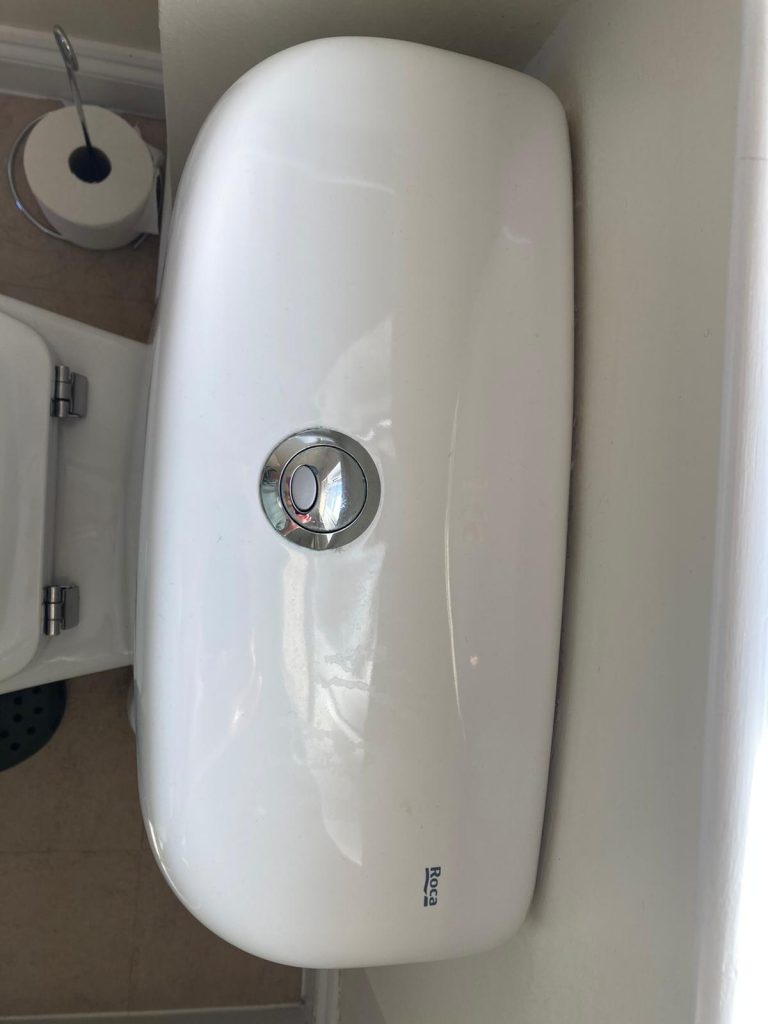
- Unexplained Increase in Water Bills: One of the most common signs of a hidden water leak is a sudden spike in your water bills. If you haven’t changed your water usage habits but notice a substantial increase in costs, it’s time to investigate further.
- Mould and Mildew Growth: Mould and mildew thrive in damp environments. If you notice mould or mildew on your walls, ceilings, or floors, it could be an indication of water leakage.
- Stained or Damaged Walls and Ceilings: Water stains on your walls or ceilings are clear indicators of a leak. These stains often appear as yellow or brown patches, and they may grow in size over time.
- Musty Odors: A hidden water leak can create a musty, unpleasant odor in your home. If you can’t identify the source of the smell, it might be hidden moisture.
The Audible Clues of a Hidden Water Leak
- Running Water Sounds: If you hear the sound of running water when no faucets or appliances are in use, there could be a concealed leak in your plumbing system.
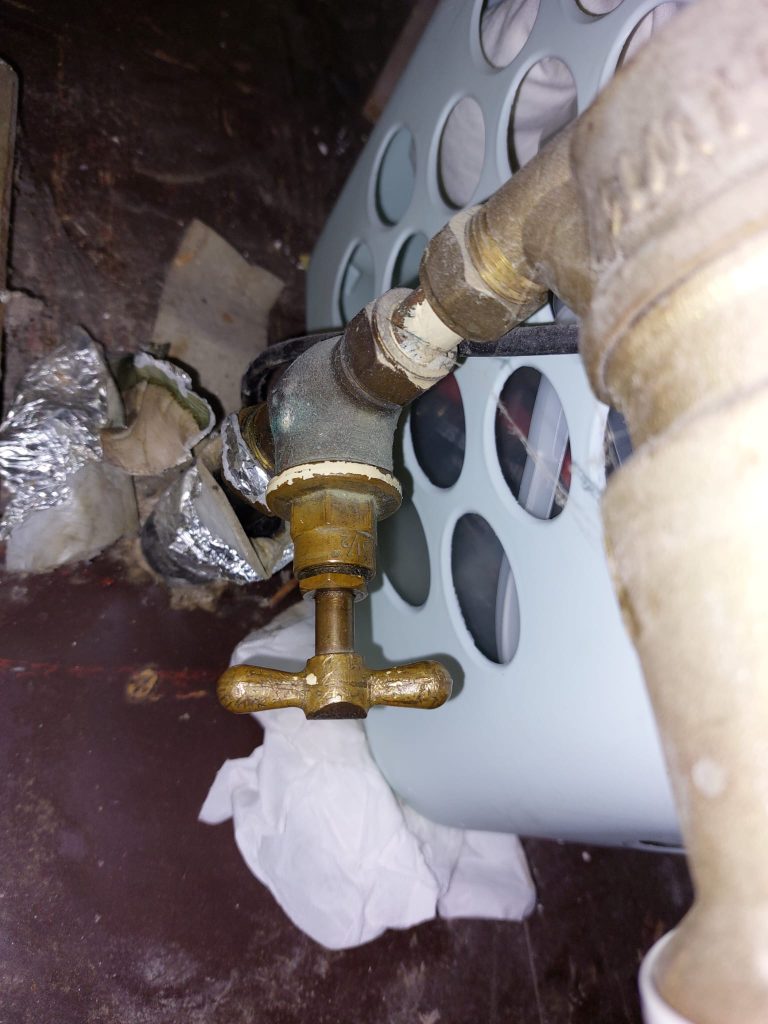
The Structural Clues
- Cracks in the Foundation: Excessive water from hidden leaks can weaken your home’s foundation, leading to cracks or shifts in the structure.
- Warped or Buckled Flooring: Wooden floors that appear warped or buckled can be a result of water seeping through the subfloor.
The Yard Clues
- Puddles in the Yard: Notice unexplained puddles in your yard, even on dry days? It could be a sign of a water line leak in your underground pipes.
The Water Meter Test for Finding a Hidden Water Leak
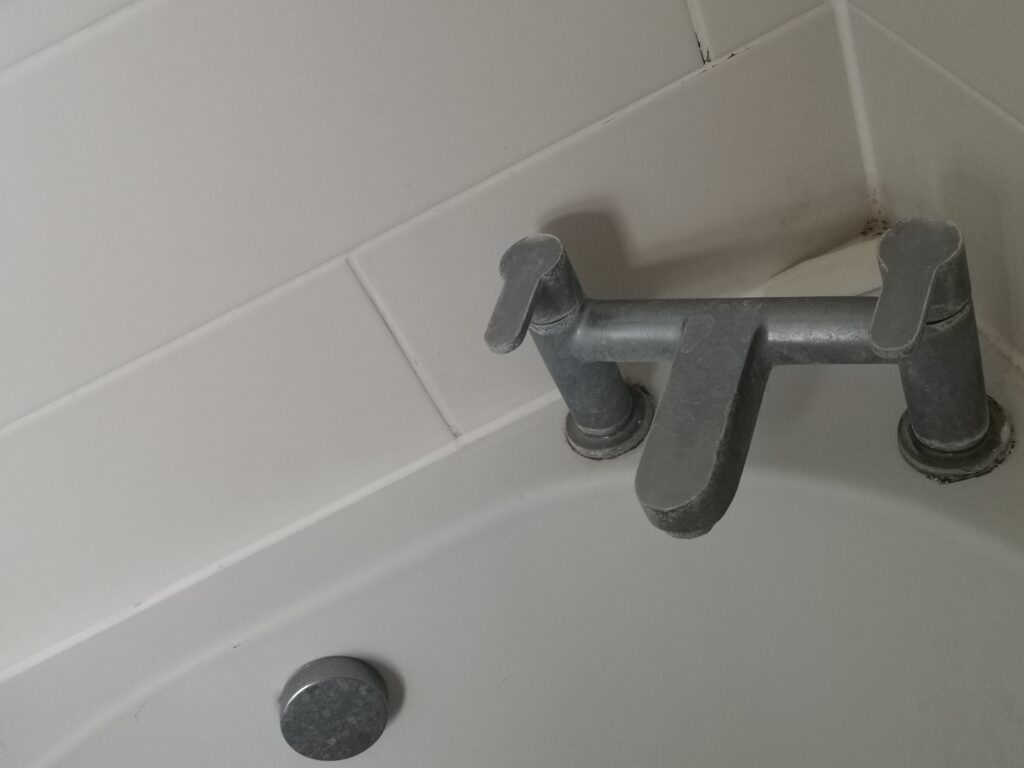
- Water Meter Fluctuations: Performing a simple water meter test can help identify a hidden leak. Shut off all water sources and check your meter. If it’s still running, you likely have a leak.
Investigating Further
- Consult a Professional: If you suspect a hidden water leak but can’t pinpoint the source, it’s wise to consult a plumbing professional, like plumber Bristol. They have specialized equipment to detect and repair these elusive issues.
- DIY Inspection: For a preliminary investigation, you can check for visible signs of leakage in your home, such as dampness or moisture in unexpected places.
Taking Action
- Repairing the Leak: Once you’ve identified a hidden water leak, prompt action is crucial. Repairing the leak will prevent further damage and save you money in the long run.
Hidden Water Leak Preventive Measures
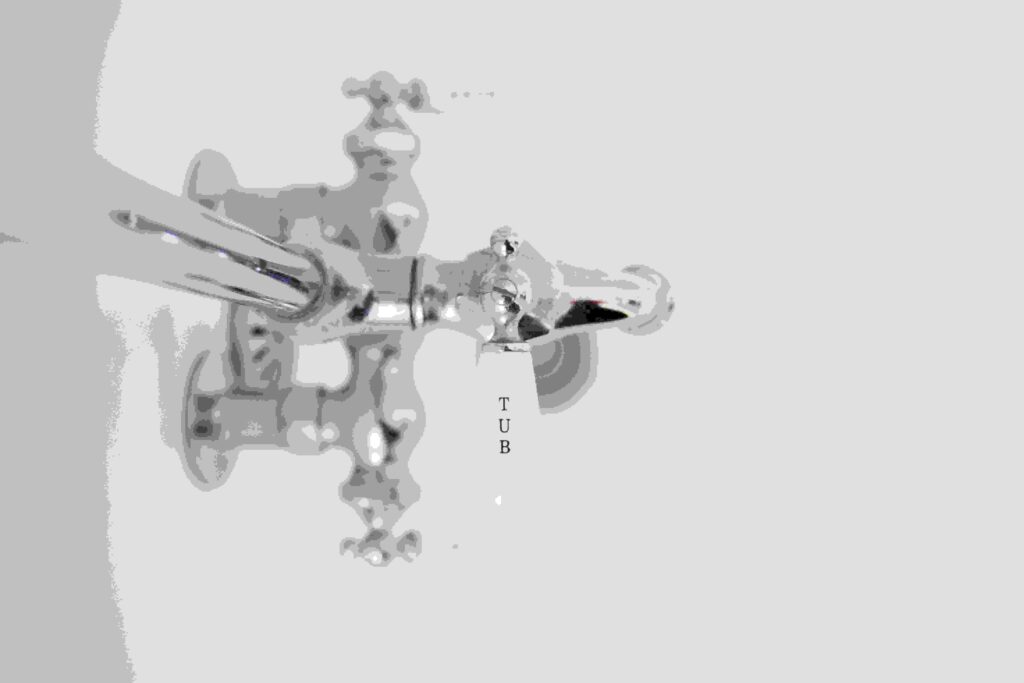
Consider taking preventive measures like insulating pipes, installing water sensors, or maintaining your plumbing system regularly to avoid future leaks.
Hidden water leaks can be a homeowner’s nightmare, causing damage that goes unnoticed until it’s too late. By staying vigilant and recognizing the signs early, you can protect your home and finances from the devastating effects of concealed leaks.
FAQs
Can a hidden water leak affect my health?
Yes, mould and mildew resulting from hidden leaks can have adverse health effects. It’s essential to address leaks promptly.
How do I check for leaks in my plumbing?
You can perform a dye test in your toilet tank and visually inspect pipes and faucets for any visible signs of leaks.
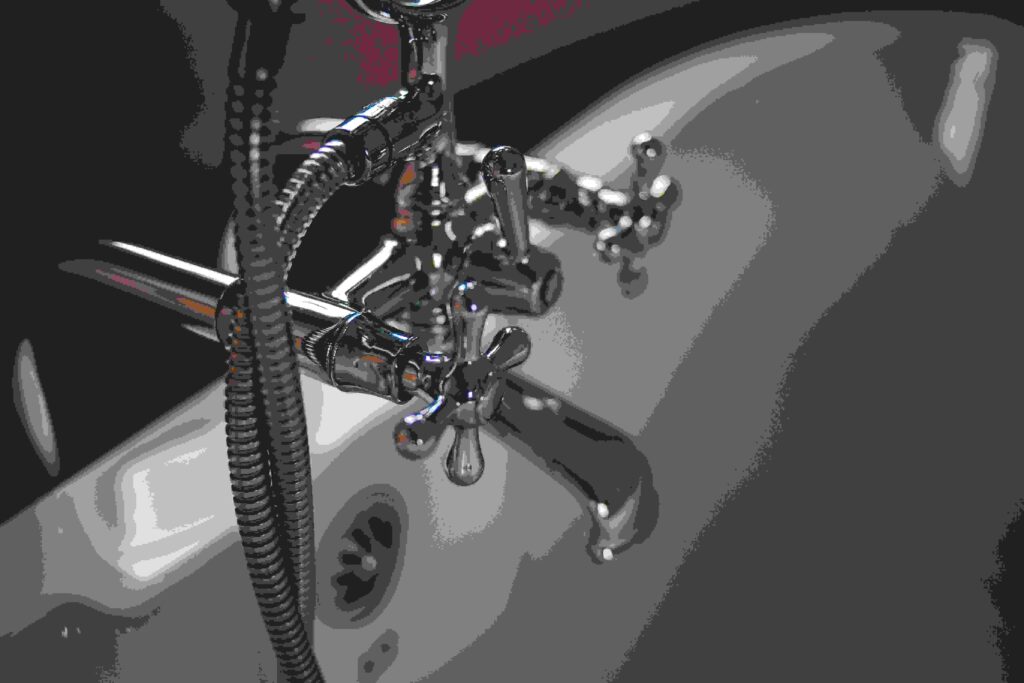
Are hidden water leaks covered by insurance?
Insurance policies vary, but many do cover water damage caused by hidden leaks. Check your policy or consult your insurer for details.
Can a hidden water leak cause structural damage?
Yes, hidden water leaks can weaken your home’s structure over time, leading to costly repairs if left untreated.
Is it possible to fix a hidden water leak myself?
While minor leaks may be fixable by a homeowner, it’s advisable to consult a professional for hidden leaks as they often require specialized equipment and expertise.
